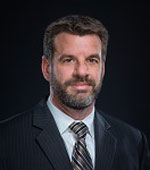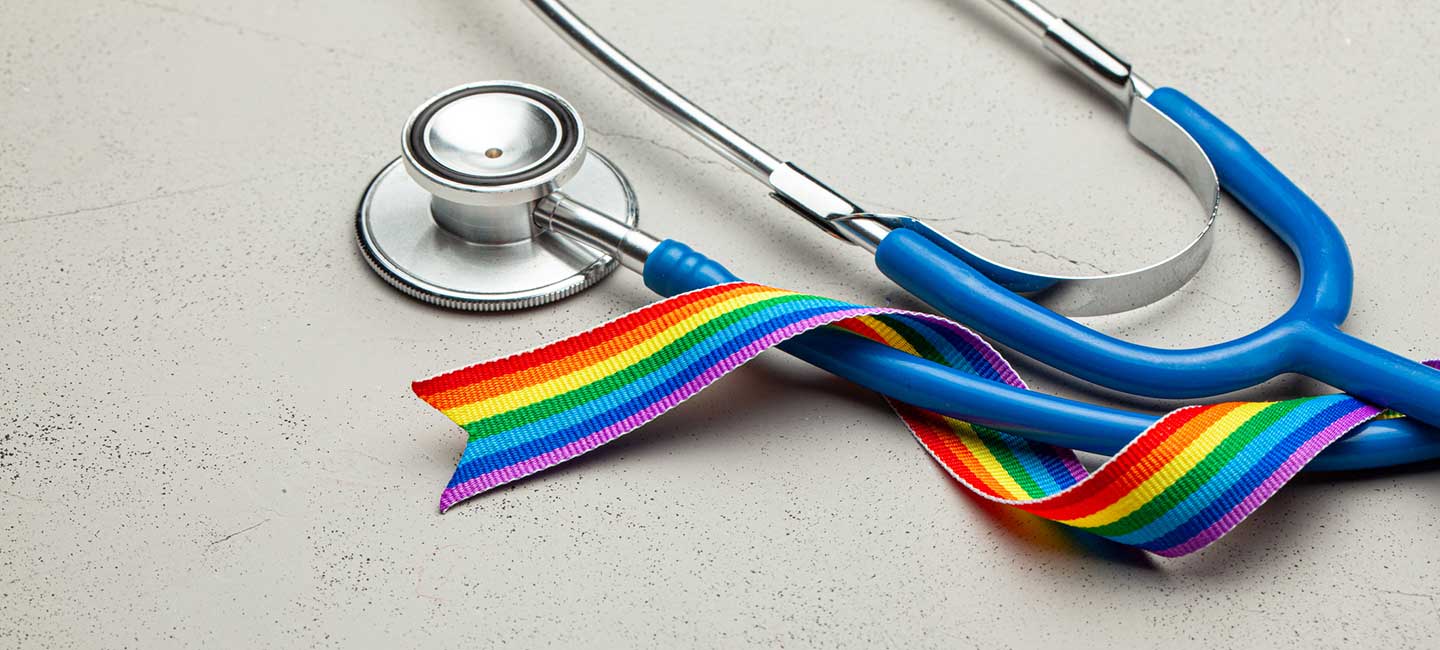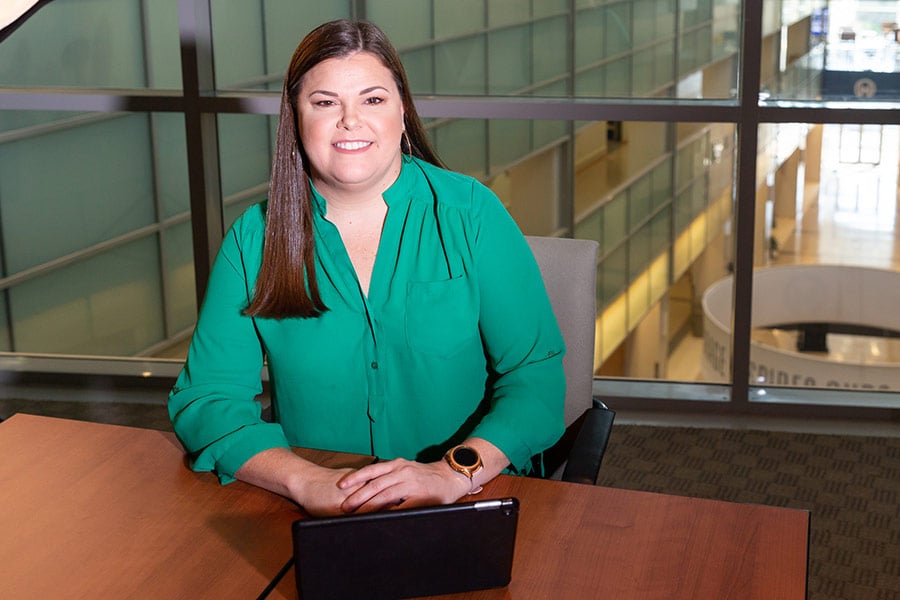Sexual, Gender Minority Patients Report More Concerns Starting Cancer Treatment
The percentage of Americans who self-identify as a sexual and/or gender minority has reached a new high, according to a 2022 Gallup poll. It found that 7.1% identify as lesbian, gay, bisexual, transgender or something other than heterosexual. This figure has doubled since Gallup first measured it in 2012.
While more people are comfortable sharing their identity, there are still significant health disparities and access to care issues that have made sexual and gender minorities a medically underserved community. Studies have shown these barriers can lead to psychosocial concerns, poorer outcomes and a low quality of life, especially among those diagnosed with cancer.
Moffitt Cancer Center researchers wanted to learn more about the association between the psychosocial concerns and quality of life among this patient population. To study this, they used data from a standard-of-care electronic patient questionnaire that was completed by more than 70,000 cancer patients. The questionnaire asked about sexual orientation, gender identity, medical history and lifestyle factors to help better identify sexual and/or gender minorities. There were also questions related to having someone to help during treatment, interference with the ability to seek treatment, problems with work and overall perceived health.
Approximately 2.3% of those who completed the survey self-identified as a sexual or gender minority. The results are being presented this week at the American Association for Cancer Research Annual Meeting. They show there were significant differences in psychosocial concerns and quality of life among those who identify as a sexual or gender minority and those who do not.
| Concerns | Sexual/Gender Minorities | Non-Sexual/Gender Minorities |
| Having someone who can help with treatment (No) | 4.37% | 2.65% |
| Interference with ability to seek care (Yes) | 21.76% | 16.64% |
| Accomplished less than one would like due to emotional problems | 36.61% | 27.78% |
“We also found that sexual and gender minority patients reported significantly greater interference due to pain and overall physical/emotional problems. We are hoping to continue this research, looking at both short- and long-term impact, to determine if there are early interventions that could help this patient population,” said Dr. Min-Jeong Yang, a postdoctoral fellow in the Health Outcomes & Behavior Department at Moffitt.

Dr. Matthew Schabath, Cancer Epidemiology Department
In order to better treat patients who identify as a sexual or gender minority, more education is needed. Moffitt has taken a leading role in advancing education for oncology professionals to better serve this patient population. A research team, led by Dr. Matthew Schabath, has developed the Curriculum for Oncologists on LGBTQ populations to Optimize Relevance and Skills, or COLORS Training Program for short.
“To help us build this program, we did a nationwide survey to identify potential gaps in attitudes, knowledge and institutional practices for LGBTQ patients. The results show that while around 95% of oncologists were comfortable treating lesbian, gay and bisexual patients, only about 53% were confident they knew the health needs of that patient population. And that number dropped dramatically for transgender patients. This confirmed the need for newer, more improved educational tools,” said Schabath.
The COLORS Training Program contains four 30-minute modules. Two modules cover general topics, such as sexual orientation and gender identity. The remaining two modules discuss oncology-focused topics, including fertility and hormone therapy for LGBTQ patients undergoing cancer treatment.
With funding from Bristol Myers Squibb Foundation and BMS company, the research team launched a nationwide study to evaluate the COLORS Training Program against a general LGBT health care cultural sensitivity training. Invitations were mailed to 5,000 U.S. oncologists in early 2021. By October 2021, 201 completed the pre-training and were randomized to COLORS or general training, and 138 finished the post-training assessment.
The results, also to be presented during a mini symposium at the AACR Annual Meeting, indicated that those who were randomized to the COLORS Training Program had a shift toward more positive attitudes compared to general LGBT training. Both training programs, however, led to an increase in LGBT-affirming practice behaviors.
“This is a good start. It shows there is benefit to our training program. Our next steps will be to continue our study and get the training in front of more oncologists. We also want to create additional modules for other clinical and research staff, as well as patient advocates,” said Schabath.



